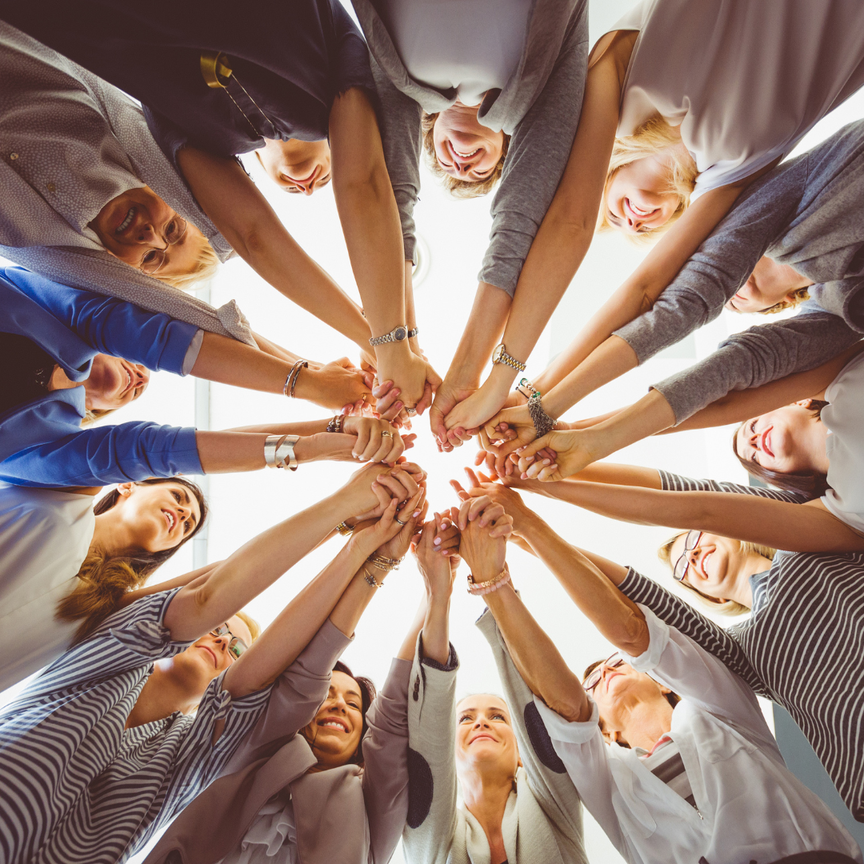What is Collective Growth?

Understanding Collective Growth and Leading with Love
What is collective growth? To me, it’s not just an idea—it’s something deeply important for creating a world where we all thrive. As humans, we’re wired for connection, to belong, and to be part of something bigger than ourselves. So how do we nurture that sense of belonging and work towards something that lifts everyone up, rather than just a select few? Right now, it feels like we’re living in a time where the needs of a handful of people are overshadowing the needs of many.
But as I say that, I realise something interesting—because there are people who would argue the opposite. Some feel like their needs and views are being ignored in favour of inclusivity. And that’s a really thought-provoking place to sit with for a moment. We’ve become so focused on our individual needs and wants that they often take centre stage. Of course, what affects me, my family, and my children is important. But I also believe that what serves the wider world matters just as much.
Two things can be true at once. My family’s needs matter. And so do the needs of the collective. If we continue to undervalue or silence others, eventually, that imbalance will come full circle and impact all of us. And that’s not okay.
This is why shifting our perspective is so crucial. Choosing to act for the collective good doesn’t mean sacrificing the individual—it actually helps everyone. I like to think of it like this: instead of just trying to make my slice of the pie bigger, what if we focused on growing the whole pie? Then everyone benefits. That’s what collective growth is about. It’s not about one group winning at the expense of another—it’s about moving past the outdated belief that power is limited, like a pie that runs out.
And yet, we’re often stuck in a scarcity mindset, shaped by fear. The belief that if someone else gains, we must be losing. But how do we shift that? It starts with awareness—of our biases, our default patterns, and the way we’ve been conditioned to think. We need to get curious, question our perspectives, and be willing to listen—really listen—even when we disagree. Because different viewpoints aren’t necessarily right or wrong. They’re just different.
That’s the heart of moving forward. We don’t all have to think the same, believe the same, or act the same. Our individuality is what makes humanity so rich and diverse. But we do need to learn to respect each other and find ways to work together. That means making space for different perspectives without judgment or hostility. It means leading with a bigger question in mind: what is best for the greater good?
And that leads us to leading with love. What does it look like to show up from a place of love rather than fear? How does it shift the way we make decisions, lead others, and engage with the world? Fear is everywhere right now. But how do we consciously lean into love instead?
It starts with small, simple choices. The next time you feel frustrated—whether it’s about something personal, a local situation, or the overwhelming state of the world—pause and ask yourself: what would love do? More often than not, love listens. Love tries to understand. Love is kind.
Bringing these ideas into our daily lives, especially when things feel heavy, takes intention and practice. It means recognising when we’re reacting emotionally and choosing to slow down. It means taking a breath before responding. It means stepping back and trying to see the bigger picture.
I remember being told as a child to “count to ten” before reacting in anger. At the time, it felt frustrating and unnecessary. But now, I get it. That pause gives us a moment to shift out of our immediate emotions and engage our rational thinking. And if we use that pause to consider someone else’s perspective—their experiences, their struggles—we create space for empathy, for connection, for understanding.
So, how do we lead with love? How do we show up for others in a way that acknowledges both our differences and our shared humanity? It’s simple in theory, but not always easy in practice. It takes mindfulness, effort, and a willingness to reflect. But the more we choose love over fear, the more we not only transform our own lives—we change the energy of the world around us.
